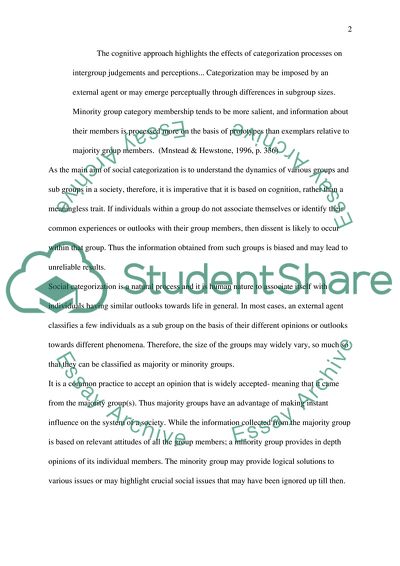Cite this document
(“Critically assess the social categorisation theory (SCT) explanation Essay”, n.d.)
Retrieved from https://studentshare.org/psychology/1581564-critically-assess-the-social-categorisation-theory-sct-explanation-of-influence-make-specific-reference-to-minority-influence-in-your-answer
Retrieved from https://studentshare.org/psychology/1581564-critically-assess-the-social-categorisation-theory-sct-explanation-of-influence-make-specific-reference-to-minority-influence-in-your-answer
(Critically Assess the Social Categorisation Theory (SCT) Explanation Essay)
https://studentshare.org/psychology/1581564-critically-assess-the-social-categorisation-theory-sct-explanation-of-influence-make-specific-reference-to-minority-influence-in-your-answer.
https://studentshare.org/psychology/1581564-critically-assess-the-social-categorisation-theory-sct-explanation-of-influence-make-specific-reference-to-minority-influence-in-your-answer.
“Critically Assess the Social Categorisation Theory (SCT) Explanation Essay”, n.d. https://studentshare.org/psychology/1581564-critically-assess-the-social-categorisation-theory-sct-explanation-of-influence-make-specific-reference-to-minority-influence-in-your-answer.


